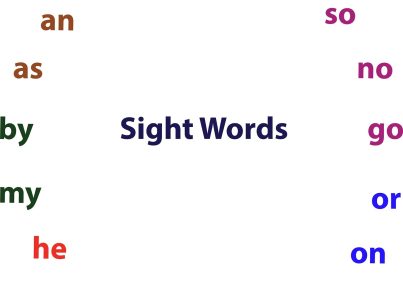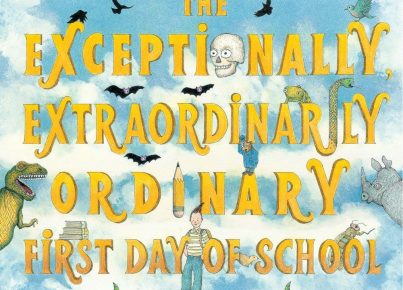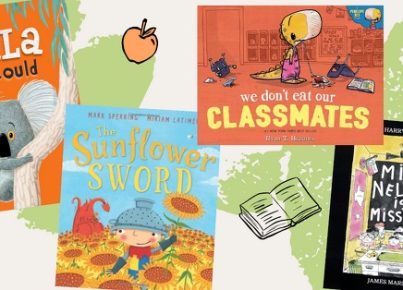The field of reading education is an ever-evolving domain, and staying abreast of the latest advances in the science of reading can be a daunting task for teachers. To help educators stay informed, here’s a list of ten must-read professional development books focused on the science of reading.
1. “Proust and the Squid: The Story and Science of the Reading Brain” by Maryanne Wolf
This fascinating book delves into the neurological and linguistic aspects of reading, examining how different individuals engage with written language and offering insights into reading-related issues like dyslexia.
2. “The Reading Mind: A Cognitive Approach to Understanding How the Mind Reads” by Daniel T. Willingham
Willingham combines cognitive science with practical classroom applications in this comprehensive book on understanding how our brains process written texts, making it an invaluable resource for educators striving to develop effective reading strategies.
3. “Language at the Speed of Sight: How We Read, Why So Many Can’t, and What Can Be Done About It” by Mark Seidenberg
Seidenberg’s thought-provoking book investigates why so many people struggle with reading and suggests instructional changes that could help improve literacy rates.
4. “Essentials of Assessing, Preventing, and Overcoming Reading Difficulties” by David A. Kilpatrick
A must-read for educators working with students who struggle with reading, this book offers an evidence-based approach to assessment and intervention in overcoming reading difficulties.
5. “Speech to Print: Language Essentials for Teachers” by Louisa Cook Moats
In this important text, Moats explores the vital connections between spoken language and the written word, offering guidance for teachers on teaching phonics, vocabulary, comprehension skills, and more.
6. “Unlocking Literacy: Effective Decoding and Spelling Instruction” by Marcia K. Henry
Henry’s book presents critical information on the structure of written English, how our brains learn to read and spell, and specific techniques for teaching decoding and spelling that teachers can apply in the classroom.
7. “Why Our Children Can’t Read and What We Can Do About It: A Scientific Revolution in Reading” by Diane McGuinness
McGuinness takes an in-depth look at the root causes of reading failure and offers research-backed strategies for preventing and remedying these issues, making it an essential read for educators.
8. “Visible Learning for Literacy: Implementing the Practices That Work Best to Accelerate Student Learning” by Douglas Fisher, Nancy Frey, and John Hattie
Drawing on extensive research, this book identifies the most effective instructional practices that promote literacy growth and offers guidance on how teachers can incorporate these best practices into their day-to-day instruction.
9. “The Knowledge Gap: The Hidden Cause of America’s Broken Education System–and How to Fix It” by Natalie Wexler
Wexler’s eye-opening book details how a lack of focus on building knowledge in schools has led to pervasive reading difficulties while offering practical solutions for systemic change.
10. “The Science of Reading: A Handbook” edited by Margaret J. Snowling and Charles Hulme
This comprehensive handbook provides a wealth of up-to-date information on topics related to the science of reading, including linguistics, neuroscience, cognitive psychology, assessment, and instruction.
Keeping up with advances in the science of reading is crucial for educators who strive to provide their students with the best possible literacy education. By diving into these ten professional development books, teachers can better understand how we read and write, ultimately leading to more effective teaching strategies that help students become fluent readers.




